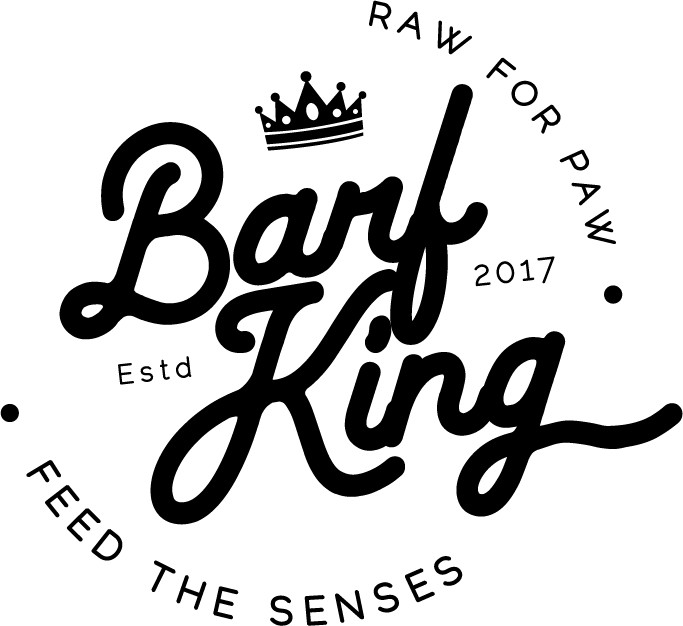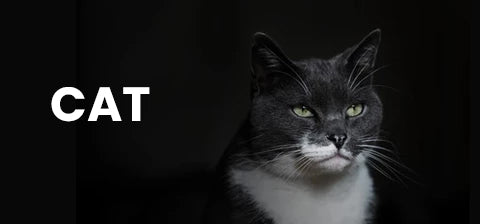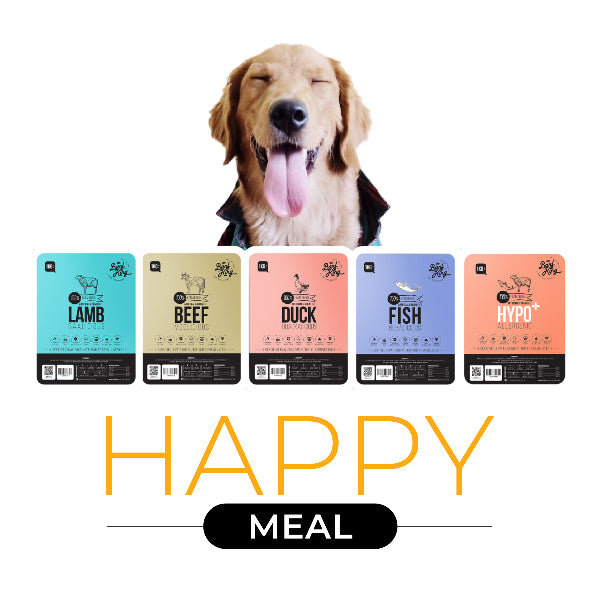Why Feed BARF?

The thought of feeding raw food tends to divide us into two camps. Either it strikes you as a proper fit with how evolution crafted animals or it conjures up images of marauding, uncouth tribes.
A close consideration of the practice reveals many facts neglected by cursory judgement. And regardless of your point of view, raw is the fastest growing sector of the pet food market. If you were to feed a raw diet to your pet, the first change observed would be improved stools. This is due to its superior digestibility. Another delightful part of feeding raw is pets like it, palatability is great.
The vast majority of pet food is cooked, with extrusion the predominate method. This extrusion produces a kibble and depends on a food containing 25 to 45 percent starch, which upon heating in the presence of water undergoes dextrinization. Dextrinized starch is what makes cookies have crumbs and a pet food kibble hard and crunchy.
Though digestible, this starch is of low utility nutritionally. In fact, a bowl of kibble once a day is tantamount to daily endocrine abuse and is unhealthful. After eating, blood sugar spikes, insulin pours forth, blood sugar plunges.

The Abuse Stops Here
This is rather to be avoided as a daily practice. The first benefit of forsaking a kibble diet is this endocrine abuse stops. Excess starch erodes pet health in other subtle ways. It is supporting the wrong gut bacteria.
One sign of this: often a persistent or barely managed dermatitis is cured simply by switching to a raw diet. A raw diet promotes a healthier gut microflora, one more aligned with your pet’s metabolism.
A dry pet food low in starch is possible but there is no way to have kibble without starch, and grains provide starch for kibble formation. But the term grain-free is actually a distraction of marketing theater. The problem in any kibble is starch and call it grain-free or not, the problem of starch is still there. What your pet really needs is not grain-free but low-starch.
Kibble derives its starch from corn or some other dastardly grain such as milo, oats or wheat. The name of an ingredient is irrelevant. It’s how much starch it contains. Avoiding certain grains may allow some foggy market claim of grain-free, but if it’s a kibble, the real problem is starch whether called grain-free or not.
Starch is starch, and in excess, a problem, no matter the grain it came from. A kibble using pea protein, sweet potato and quinoa may be termed grain-free but is no more innocent than one full of corn or wheat.

Processing Away The Nutrients
Aside from excess carbohydrate (starch), there is the matter of what happens to a grain even before cooking. As an example, the image below shows the loss of nutrients from wheat as it moves from standing in the field to uncooked flour in a pet food plant.
This pillaging of nutrients due to processing by behemoth agriculture further erodes the effectiveness of kibble pet foods.
Is it any wonder regulatory bodies mandate vitamin supplements for pet food?
The wild canids of the world never see the first molecule of store bought vitamins, yet all of them thrive and proliferate. Whatever they eat, it is raw. Hmmm.
Cooking alters nutrients and not necessarily for the better.
Admittedly, extreme heat destroyed harmful bacteria, a worthy ambition in the days before refrigeration, but today it is possible to assemble ingredients with a very low risk of pathogenic bacterial contamination.
Heat addition of any kind (boiling, frying, roasting, baking) initiates a process referred to as protein denaturation. An example would be frying an egg. This cannot be undone.
You can’t un-fry an egg.
Its protein has been denatured. We know a fried egg delivers quality nutrition but what is not appreciated is a raw egg delivers even more. But the advantage of raw food is more than avoiding the diminished digestibility due to cooking.
There are subtle but critical additional benefits. Natural enzymes and numerous beneficial bacteria are found in raw pet foods, undamaged by any heat application.
By : Richard S Patton PhD. Dr Richard Patton has spent 40 years as an animal nutritionist, worked in 25 countries and formulated diets for nearly every kind of animal.










